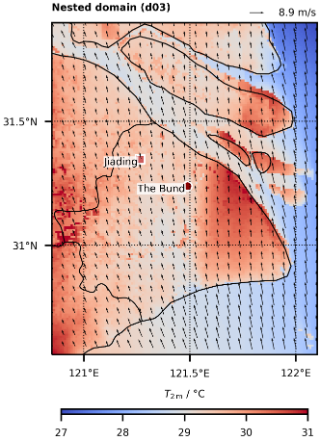
Near-surface air temperature (in °C) for the Shanghai region.
The Group Urban Physics Modelling conducted climate simulations for Shanghai in order to demonstrate the variation in the urban microclimate over the course of a typical day.
more info
Near-surface air temperature (in °C) for the Shanghai region.
The Group Urban Physics Modelling conducted climate simulations for Shanghai in order to demonstrate the variation in the urban microclimate over the course of a typical day.
more info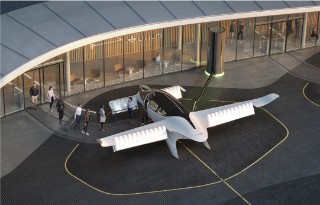
Schematic representation of the Vertiport.
The Group Urban Physics Modelling was tasked with the simulation of mechanical turbulence (due to drag force of buildings) around the planned Vertiport in Ingolstadt.
more info
Tourism is an important economic factor that is based on the attractiveness of destinations. It is therefore crucial to minimize noise and other environmental impacts.
The current state of knowledge regarding relevant noise sources, consequences and handling of noise as well as possible measures.
more infoHighlights from research and development
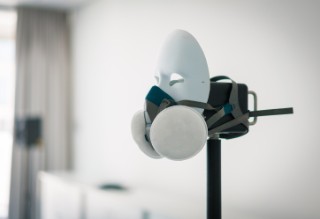
Mask in the experimental setup.
An interdisciplinary team from the Department of Acoustics has studied the effects of masks on speech comprehension and on the quality of communication.
more info
View of a half-lap joint to replace a rotten section of a wooden beam end.
Fraunhofer IBP used the dilapidated wooden beam heads in the Benediktbeuern monastery to test refurbishment techniques and provide metrological support.
more info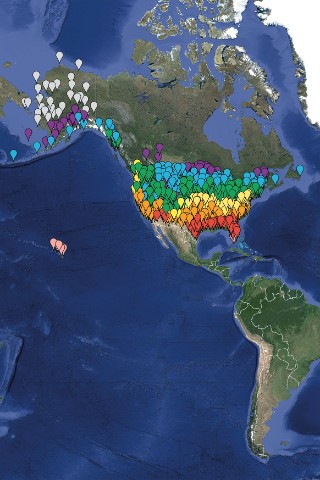
Climate-dependent limit values for designing passive houses are available for over 100 locations.
The Fraunhofer IBP helped PHIUS develop a climate-adapted passive house standard and implemented it in the building simulation software WUFI® Passive.
more info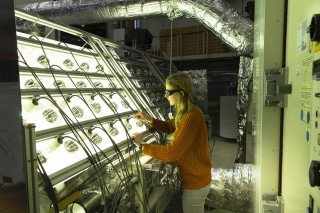
Insulation field for accelerated weathering tests on the glass roof – “summer” is on the left, and “winter” is on the right at the back.
Fraunhofer IBP can implement the requirements for laboratory weathering with pinpoint accuracy by setting up solar simulation facilities.
more info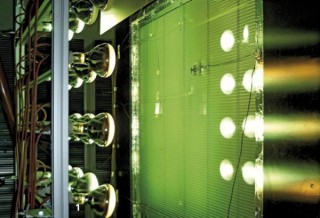
Usability tests on glazing systems with interstitial blinds, which were subjected to spontaneous cooling through simulated rain alternating with artificial sunlight and summery temperatures.
Usability tests on blinds in the interstitial space of multi-pane insulating glazing are necessary to ensure they will last for a long time.
more info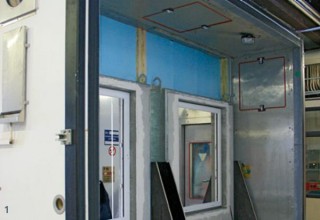
Investigating the hygrothermal behavior of window/wall interfaces with different sealing systems in the dual-chamber climate simulator.
Two types of PU foam adhesive without additional sealing films were used for research on hygrothermal behavior of window/wall interfaces.
more infoHighlights from research and development
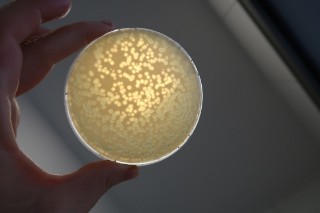
Plaque assay for measuring the concentration of test viruses with the new test method: The bright spots on the agar dish represent plaques caused by (active) virus particles capable of reproduction.
In the “Fraunhofer vs. Corona” program, Fraunhofer IBP has established practical methods to demonstrate the efficiency of air purification technologies.
more infoHighlights from research and development
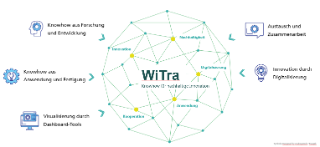
WiTra’s recipe for success: Transferring knowledge from applied research to practice using digital tools for sustainable innovations.
WiTra is a knowledge transfer platform that provides the latest research findings for applying sustainability in practice.
more infoHighlights from research and development
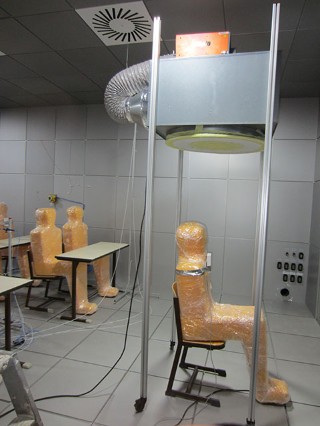
Protective canopy with heated dummy: the curtain of fresh filtered air shields the person from the ambient air in the room.
The Energy Efficiency and Indoor Climate department is helping to mitigate the risk of corona infection in indoor environments and transportation.
more info
LEE-BED brings together leading research and industry partners across Europe in a unique open innovation test bed.
In LEE-BED, 17 research & industry partners offer European companies an Open Innovation Test Bed for nanomaterials and printed electronics.
more info
In-situ measurement on the road
Over the course of this project, various indices for recording the brightness of road surface layers were reviewed and an asphalt testing device was developed.
more info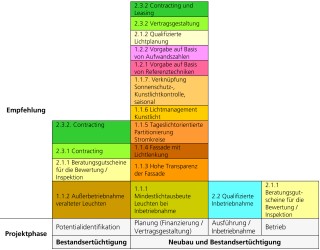
Assignment of recommendations to different project phases.
The aim of the project was to better embed energy-efficient climate protection lighting in the refurbishment of existing buildings and in new construction.
more info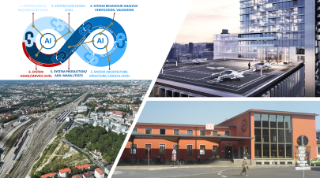
Project photo INCityTakeOff.
The Acoustics Department of Fraunhofer IBP is investigating how the regular use of cargo drones will affect inner-city traffic noise.
more info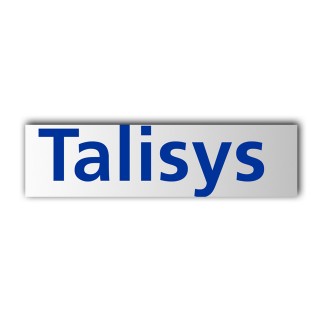
Logo of the "Talisys" project.
In addition to glazing, work is also underway on solar shading systems to ensure the supply of glare-free daylight without overheating effects.
more info
View of the measuring equipment.
The IBP-meter now complements existing measurement technology at Fraunhofer IBP for the thermal-energetic evaluation of facade components (U-value, g-value).
more info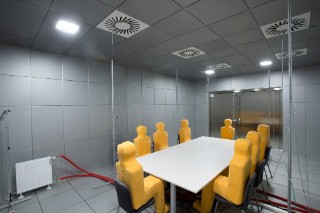
Test environment at Fraunhofer IBP for validating simulations and air purification technologies: Climate chamber.
The "AVATOR" project focuses on the detection and reduction of the risk of infection by aerosol-borne viruses in enclosed spaces.
more infoHighlights from research and development
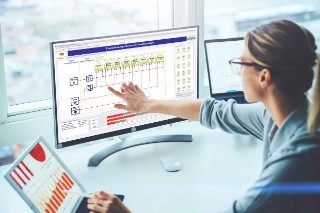
Entering district data into the District Energy Concept Adviser (screenshot).
Germany and the European Union have set themselves ambitious climate targets. If these are to be achieved, buildings urgently need to be modernized in order to improve their energy efficiency.
more info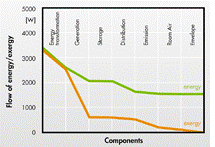
Energy and exergy flows through a building.
The low-exergy approach aims at satisfying the remaining thermal energy demand using only low quality energy.
more info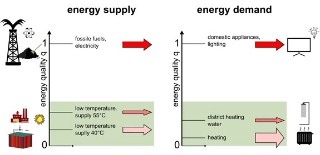
Energy supply and Energy demand.
The project aims to demonstrate energy and cost efficient solutions for renewable and GHG emission-free energy systems ona community level.
more info
Logo Annex 37 Low Ex.
The exergy analysis combines both the first and second law of thermodynamics and allows a better understanding and a more effective design of energy flows.
more info
COSTeXergy Logo.
Exergy is a thermodynamic concept which is useful for quantifying the mismatch between the low quality of heat and the high quality level of electricity.
more info
Logo »Software IBP:18599«.
The majority of energy performance certificates based on DIN V 18599 that are issued in Germany have been prepared with the aid of the CPU core IBP18599kernel. Developed by the Planning Tools Working Group, it is used to solve equations by most of the leading software manufacturers in Germany and is constantly updated and adapted to changes in the assessment method.
more info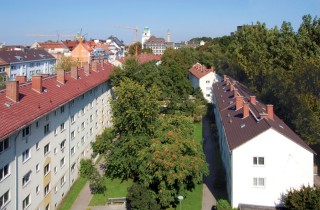
View of the buildings before retrofitting.
Aim of the project was to improve the building energy performance of this residential estate.
more info
Concept of the HCL-Con sensor for detecting vertical illuminance.
Optimal light for modern computer workstations by networking monitor, luminaire, sunshade manufacturers and HCL-Con lighting control.
more info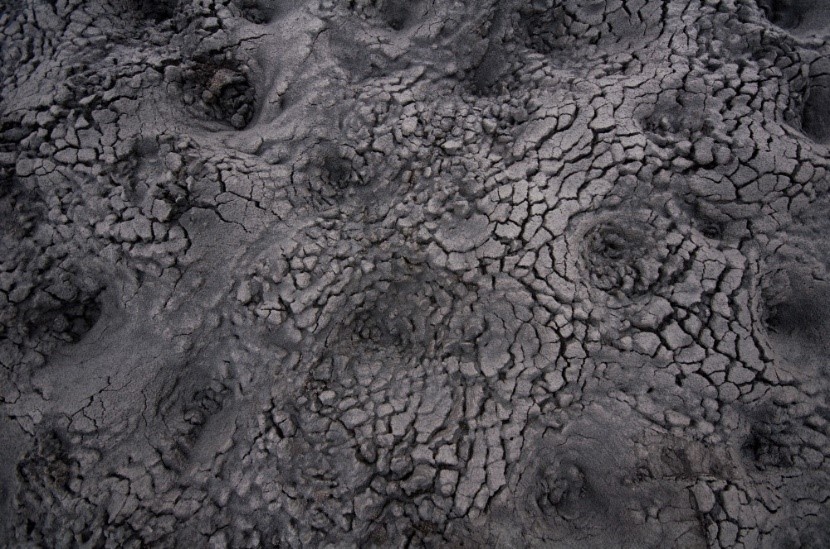
Ash from incinerated waste.
The project aims to explore ways to recycle processed ash from waste incineration plants as a raw material for concrete.
more info